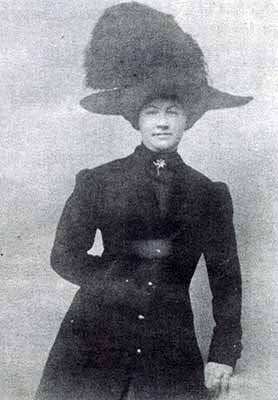Sin
City (i.e. Terre Haute)
Although
my Great Depression novel primarily takes place in the Prairieton/Prairie Creek
area, Terre Haute is featured in there quite a bit.
The
city of Terre Haute has a colorful history. While it didn’t officially earn the
nickname of Sin City until 1955, the city was well on its way to earning it by
the 1920’s and 1930’s. While Indiana itself has always been part of the Bible
Belt, my hometown has had its struggle with sin.
A prime example was the Red
Light District…the area in town where the prostitutes lived. Terre Haute can
boast that it had its very own madam. Madam Brown (originally Edith Brown, a
minister’s daughter) was well-known in Terre Haute; she ran an infamous house
of ill repute; her girls dressed well, had all their shots and were the
cleanest members of the Oldest Profession.
When
Prohibition was established, like every other city in the nation during the
1920’s and early 1930’s, Terre Haute officially went “dry.” However, there are
numerous tunnels beneath the town that were used to transport illegal liquor. The
tunnels still exist to this day, although they are no longer in use. Folks may
not have bought liquor from a store nor could they frequent a bar, but it was
not uncommon for them to have their own still and to market their product
themselves.
Terre
Haute was a safe haven for some bank robbers and others involved in illegal
activities. I’ve heard tales of them staying at the old Terre Haute House,
partying hearty. One Hoosier bank robber that has become synonymous with Robin
Hood, John Dillinger was no stranger to Terre Haute. He quipped that he would
never rob a bank in Terre Haute, because he would risk being railroaded by a
train.
My
grandparents used to talk of an African American man who was hung off the
Wabash River Bridge. My aunt said she knew a man who bragged about having one
of the man’s toes. Hoosiers are known for their tall tales, but after a little
research, I learned that this story was true. In 1901, when teacher Ida
Finklestein was murdered, George Ward was arrested and incarcerated. A lynch
mob gathered, broke into the prison, beat him and hung him off the Wabash River
Bridge. His body was later taken down and burned; spectators collected “mementoes”
of his remains.




No comments:
Post a Comment